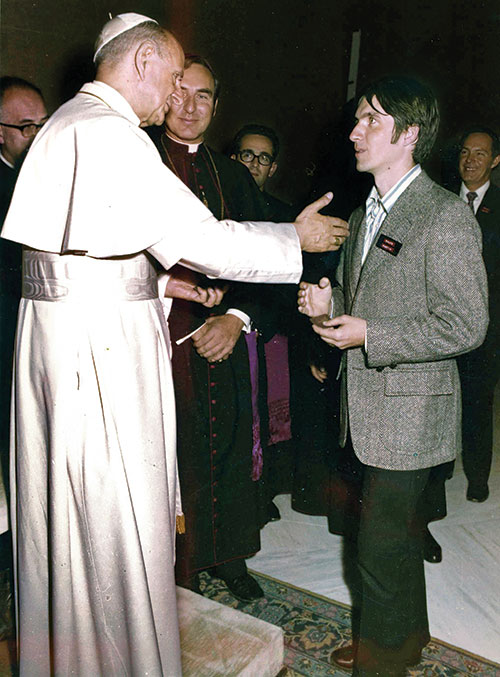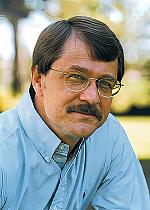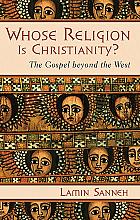Perpetuating Pentecost

[Pope Paul VI and Ralph Martin, 1975—Used by permission of Ralph Martin]
Do in us today what we are reading about in the early Church.” This was the prayer of a group from Duquesne University on a spiritual retreat in 1967. It sparked a revival that spread through the Catholic Church.
Just a few years earlier, the Second Vatican Council (1962–1965)—an international meeting of leaders of the Catholic Church—had opened the door to various currents of renewal, including one current that can only be described as worldwide revival.
So it was in the wake of Vatican II that a number of Duquesne professors and students gathered for a retreat to focus on the way “Pentecost is perpetuated” in the lives of the baptized (as the Catholic Catechism puts it). They used the book of Acts to inspire their discussions.
As they prayed and talked, they began to question why the experience of the early Christians was so different from their own. Some of the students then made their sincere plea to the Lord: “Do in us today. . . .”
Then, one by one, students felt led to enter the chapel. There they fell on their faces before a strong experience of the presence and holiness of God. Some began to speak in tongues. (The best firsthand account of these events is Patti Mansfield’s 1992 book As By a New Pentecost.)
Word began to spread, first to the University of Notre Dame and then to Michigan State University. Soon hundreds and then thousands were touched by this encounter with God, experienced conversion to the Lord Jesus, and spontaneously began to evangelize. Articles appeared in the press over the next few years, and soon the same thing was happening all over the world.
A significant affirmation occurred as 10,000 Catholics from 40 countries gathered for the 1975 International Conference on Charismatic Renewal. In the closing session at St. Peter’s Basilica, Pope Paul VI (1897–1978) gave a short speech welcoming the renewal as “an opportunity for the church and for the world.”
The door was now wide open. In the years since, an estimated 120 million Catholics have experienced renewal through this outpouring of the Holy Spirit.
Pope John Paul II (1920–2005) further encouraged the development of this renewal. In an important 1998 speech, he indicated that the charismatic dimension and the institutional dimension are both fundamental to the constitution of the church. He also made an impassioned plea for members of the church to welcome the charisms (gifts of the Spirit) and use them.
Perhaps for the first 10 years, this renewal could be described as a “revival.” Those in the movement reported many spontaneous supernatural events, including miracles like those described in the book of Acts, as the revival spread like wildfire. In recent years, however, the renewal has been more organized, with Vatican-recognized status and headquarters in Rome, and it generally proceeds more peacefully—although the church is still seeing explosive, fervent growth in some countries in Africa and South America.
By Ralph C. Martin
[Christian History originally published this article in Christian History Issue #153 in 2024]
Ralph C. Martin, president of Renewal Ministries and a long-time leader in the Catholic Charismatic movementNext articles
The moving cloud of God’s presence
How do Christians align with God in the work of revival?
Recommended resources: Global outpouring
Learn more about the revivals and spiritual awakenings of the last century or two in these resources recommended by the CH team.
The editors and contributors





